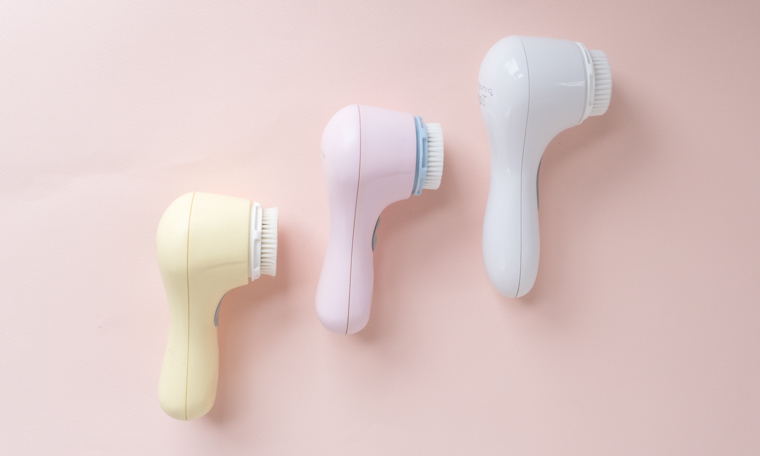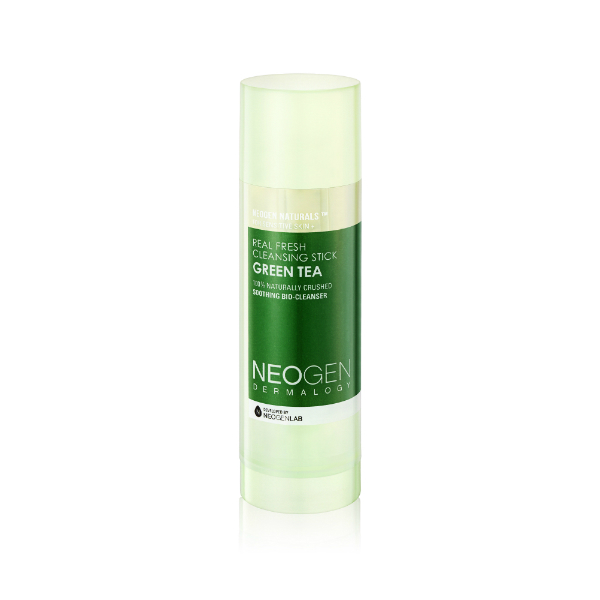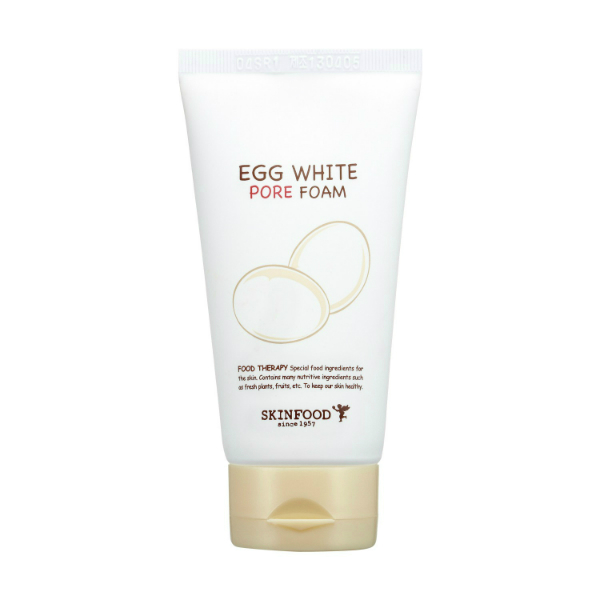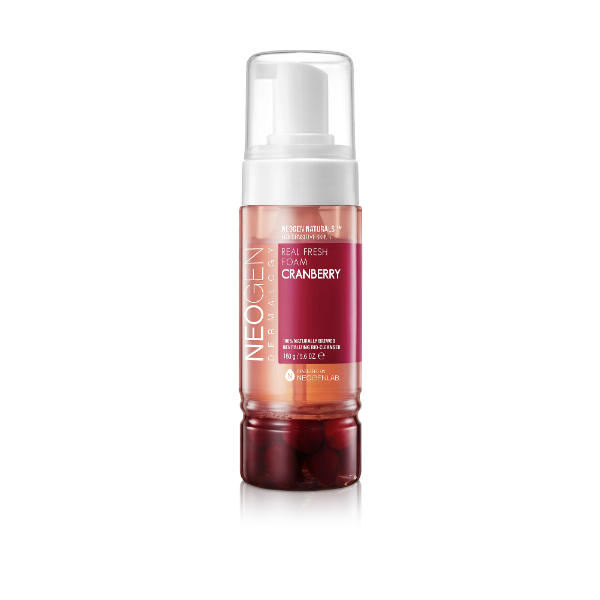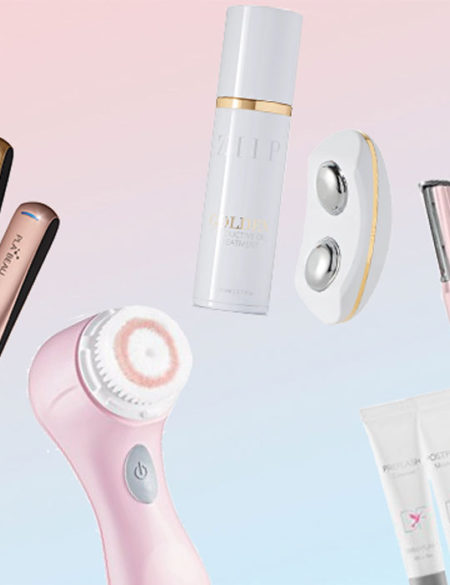Should you actually splurge on a sonic facial cleansing brush, like the Clarisonic brush? It depends…
If you have any interest in K-beauty, then you know that properly cleansing your skin is the basis of a great routine. We recommend double-cleansing, starting first with an oil-based cleanser to break down oil-based debris like makeup, SPF and pollutants, and following with a water-based foaming cleanser to whisk the rest (namely sweat and dirt) away.
While double-cleansing is a thorough and effective way to remove makeup and debris from the skin, I know I sometimes find myself following up with micellar water to wipe away and residue I may have missed. Which had me wondering, would a sonic cleansing brush like the Clarisonic work better at deeply cleansing my skin than my hands and cleansers alone?
How does a sonic facial cleansing brush work?
Instead of mechanisms that simply spin a brush head around, sonic technology, like that used in the Clarisonic family of cleansing brushes, uses sonic frequency to drive oscillation—up to 350 movements per second—to help penetrate layers of dirt and debris and break up pollutants that can be clinging to the surface of the skin after a long of day of wearing makeup and SPF. Once these pore-clogging nasties have been broken down, they’re more easily rinsed away, leaving skin cleaner than washing with hands or a facecloth alone.
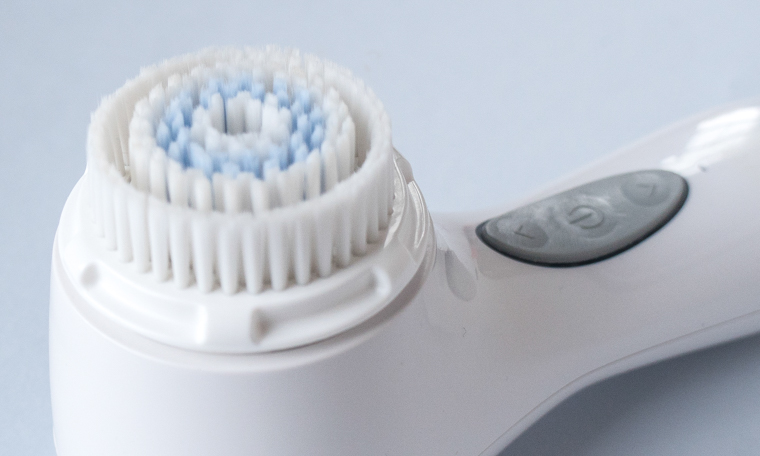
What are the benefits of the Clarisonic brush?
For one thing, the Clarisonic cleans really, really well. Multiple studies have shown that using the Clarisonic cleanses skin of sebum, dirt, makeup, sweat and SPF debris far better than manual cleansing alone.
As well, a clinical study by the Journal of the American Academy of Dermatology found that cleansing brushes significantly and more thoroughly removed various forms of sunscreen from the skin than manual cleansing alone. We all know the benefits of wearing sunscreen every day, but properly removing it at night is the best way to avoid breakouts and clogged pores, so a cleansing brush could be the perfect addition to your routine if you struggle to fully wash away your SPF at night.
What skin types can benefit from a brush and which should avoid it?
Most skin types, whether normal, dry, oily or combination can benefit from sonic cleansing, with a few exceptions which I will discuss more below. Since there are various brush head attachments for the Clarisonic made to suit the needs of different skin types, it’s easy to find a great fit for yourself.
If you are overly sensitive, it is best to try using a cleansing brush on the lowest speed with the gentlest brush head attachment, and try it out one to two times a week. If you don’t notice any side effects, you can increase your usage and the speed of the brush to suit your skin’s needs.
If you have a painful cystic breakout that is inflamed or in the process of healing, it is best to avoid using cleansing brushes. And if you’re using acids in your exfoliating routine, avoid using a cleansing brush on the nights you apply these to your skin, as the combination can over-sensitize your complexion.
Overall, gradually adding a sonic cleansing brush into the second part of your cleansing routine (whilst using your foaming/water-based cleanser) can be a great way for most skin types to deep clean their skin and prepare it to better receive the next steps of a full K-beauty routine.
Which cleansers can I use with a sonic-cleansing brush?
We recommend starting off your K-beauty routine as you normally would: with your favorite oil cleanser. Then, once you’ve applied your water-based cleanser and have begun massaging it into the skin, you can employ the use of a Clarisonic or other sonic-cleansing brush to help boost the efficacy of your water-based cleanser.
If you have oily skin, try pairing your sonic cleansing brush with Neogen’s Green Tea Real Fresh Foam Cleanser which has brightening green tea extracts and a formula that won’t strip your skin.
Dry skin can benefit from using the Neogen Real Fresh Green Tea Cleansing Stick for a gentle clean infused with lemon and orange peel extracts that will gently exfoliate dead skin cells that can give dry skin a flaky appearance.
Combination skin types should try the Egg White Pore Foam from Skinfood which uses pore-purifying egg whites to deep clean skin while being mild enough to leave it soft to the touch—perfect for those with an oily t-zone and drier spots on the cheeks.
Have normal skin? Pair a cleansing brush with Neogen’s Cranberry Real Fresh Foam Cleanser. The cranberries inside are packed with anti-aging antioxidants and the gentle formula cleanses efficiently without irritation, working great for skin with no major concerns.
Bottom line:
Even dermatologists agree that the Clarisonic brush can be a good exfoliator, but only for certain types of skin. “Clarisonic brushes can be great on the right person and the right type of skin—I’m a big believer in tailoring your skin care to your individual needs,” says Michele Farber, a dermatologist in New York City. “They can help to get rid of excess oil, makeup, and can help to make your skin creams more effective by increasing their absorption. However, they can be irritating if used in to abrasive a manner or in the wrong skin type.”
She has two precautions for those who have acne-prone skin and extra sensitive skin: “People who are acne-prone may initially break out but then clear up because deeper bacteria and oils rise to the surface when you first start to use the Clarisonic, but this should clear.” says Farber. “People with sensitive skin or who are prone to eczema, rosacea, or redness may feel too dry with the Clarisonic and are best at least using it less frequently.”


